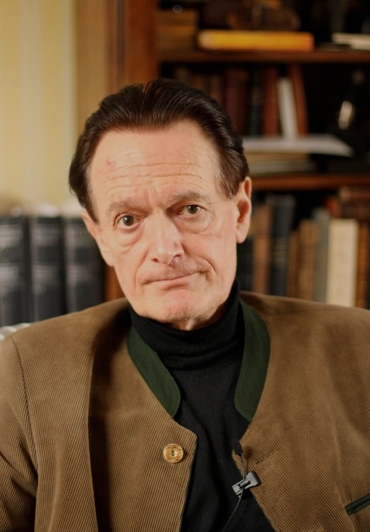 Next month, renowned art historian Martin Kemp publishes Christ to Coke, a richly ilustrated exploration of how eleven images, from the face to Christ to the Coke bottle, have become icons. Along the way, he also investigates the stories of the cross, the Mona Lisa, the double helix and Che Guevara, inter al.
Next month, renowned art historian Martin Kemp publishes Christ to Coke, a richly ilustrated exploration of how eleven images, from the face to Christ to the Coke bottle, have become icons. Along the way, he also investigates the stories of the cross, the Mona Lisa, the double helix and Che Guevara, inter al.

1. When I interviewed Martin about the book, I began by asking him to define what he meant by an icon. [Click here to listen to extract.]
2. Next I asked him to sketch out the process by which an image turned into an icon. [Click here]
3. How, I wondered, did he select the eleven images that he features in the book? [Click here]
4. Why was Christ the first image he selected? Did that mean the ancient world didn’t produce other icons with staying power? [Click here]
 5. The image of Christ had to overcome obstacles in order to become an icon. Martin Kemp explains these here. [Click here]
5. The image of Christ had to overcome obstacles in order to become an icon. Martin Kemp explains these here. [Click here]
6. In many instances, the icon draws some of its power from its backstory. How does this work? [Click here]
7. What part do chance and accidents play in an image becoming an icon? [Click here]
 8. Martin Kemp reflects on the great emotional power invested in the Stars and Stripes as an icon. [Click here]
8. Martin Kemp reflects on the great emotional power invested in the Stars and Stripes as an icon. [Click here]
9. All the icons in the book share at least one common characteristic: their ability to retain power. [Click here]

10. In our image-saturated visual culture today, does Martin Kemp think it has become harder for an image to make the transition to icon? [Click here]
11. In terms of subject matter, this book marks something of a departure for Martin as a writer. He explains this here. [Click here]
12. From the world of modern science, Martin Kemp chose two icons: the double helix and ‘e = mc2’. Does the great complexity of science mean that it is much harder for it to generate icons? [Click here]

Pingback: Imagens que me moldam; Imagens que eu venero - MassaCrente